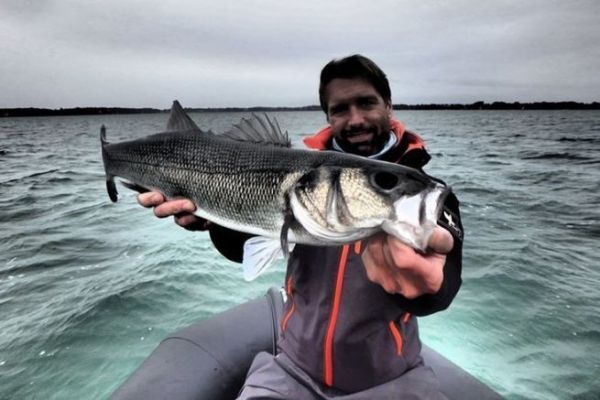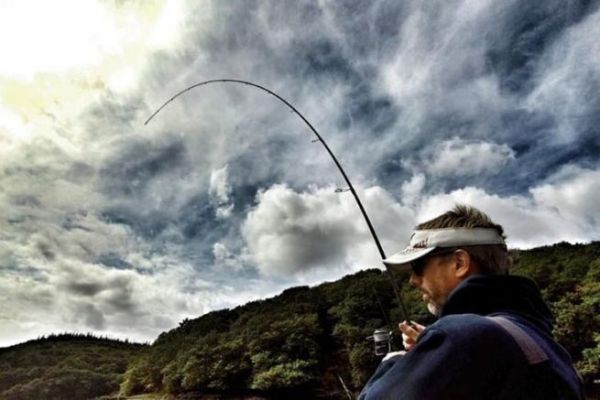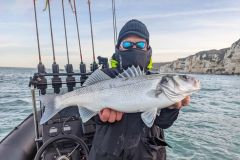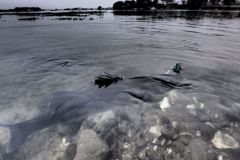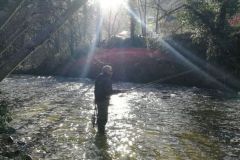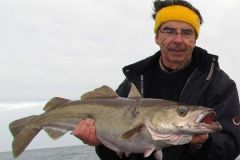Find out more in this topic, the right times and areas to make the most of scratch fishing.
What you need to bear in mind when fishing with a scraper is that your lure should be working in an area no more than 30 cm from the bottom and that you need to make contact with it very often, in order to imitate prey evolving on the substrate or drifting with the feeder current.
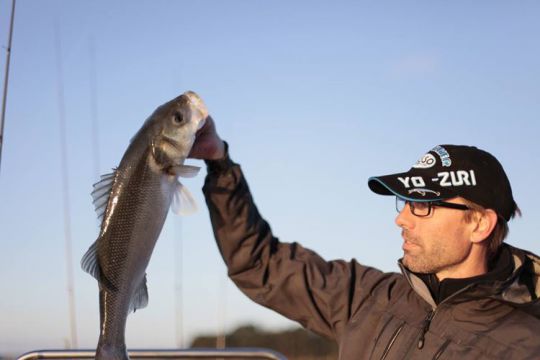
Line driving
If you want to fish effectively with a scraper, it's essential to keep your lure's leader taut at all times so that you feel every contact with the bottom, otherwise you'll get hooked very often... In addition, keeping the lure taut during animation slows the lure's descent and gives it a more natural appearance.
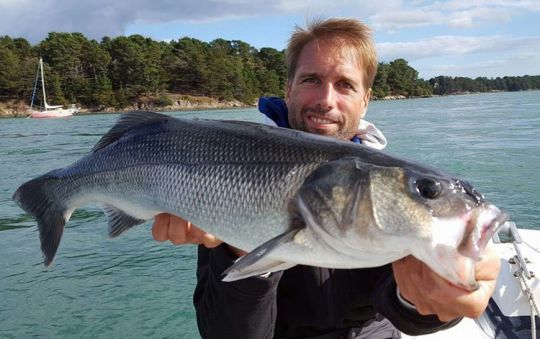
A little heavy fishing for beginners
We often hear about the rule of 1 g of lead per meter of bottom when fishing with lures. But in areas with strong currents (and even more so if it's windy), if you want to be able to make good contact with the bottom and feel as much as possible how your lure evolves on it, you can go up to 2 g (or even more with the wind) per metre of water height.
- After casting your lure, let it sink to the bottom with the banner taut. You'll feel it hit the substrate in two ways: a perceptible thump in your rod and the banner relaxing slightly. You can then start your animation.
- Set the rod at 45° and use a light jerk to lift the soft lure off the bottom. Don't hesitate to vary the amplitude and speed of your animation to break the monotony. Likewise, sometimes perform two or three animations in succession before letting the lure drop back down.
- Allow the lure to sink by accompanying it with the rod, always keeping your banner taut. 95% of bites occur during this phase!
- And start again.
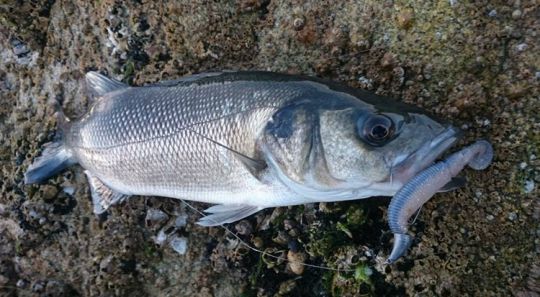
Supporting break-ups
It is very important to accompany the lure's descent into the break so that it does not overfly it. Predators are often stationed on the slope, where they cannot be seen by their prey.
However, this is only possible with a depth sounder, precise knowledge of the spot or by trusting your senses (if you can't make contact with the bottom at the same rate as before, it must be different).
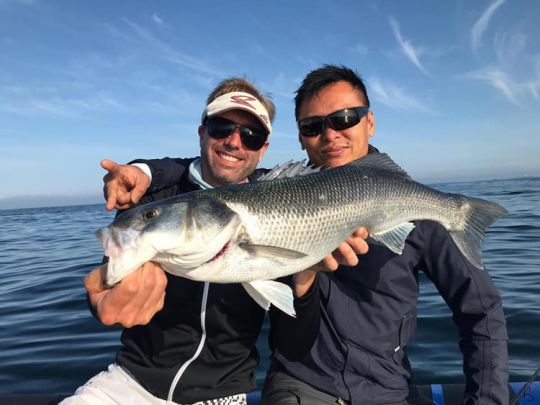
Then lighter
With experience, you'll be able to lighten the weight of your sinker and respect the "1 g per metre" rule. The aim is to imitate a prey drifting in the current and offer a more natural presentation.
Once your lure is on the bottom (the toc will be more discreet though...), lift it slightly and let it drift downstream to rest 2 or 3 metres further on, just as discreetly. This type of fishing resembles the "toc" of trout fishing and requires concentration and flexibility in your animations.
The key is to achieve as natural a presentation as possible and allow your lure to be carried by the feeding current veins.
The Texas montage
As you'll be fishing on or near the bottom, we recommend using the Texan rig (hook hidden in the lure) as often as possible to limit snags and loss of tackle.
In terms of soft lures, everything is possible, from shads and slugs to craws, which are imitations of crayfish and therefore crabs and shrimps at the same time...
You've now mastered the technical basics of this fishery and know where and when to use it... Now all you have to do is get started and realize just how profitable and exciting it can be!
